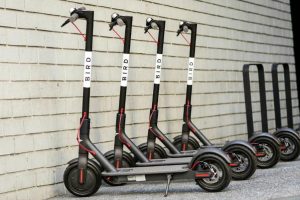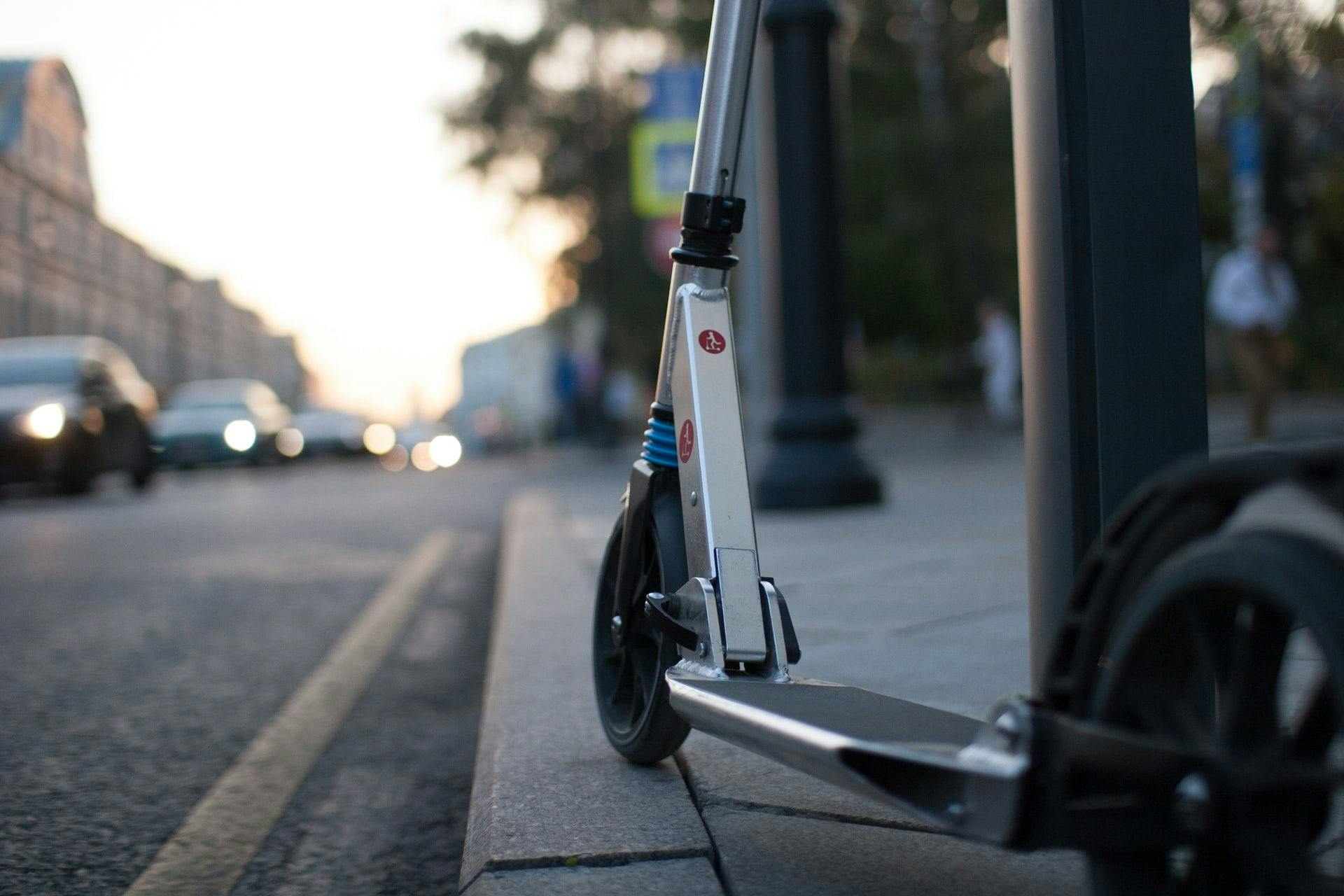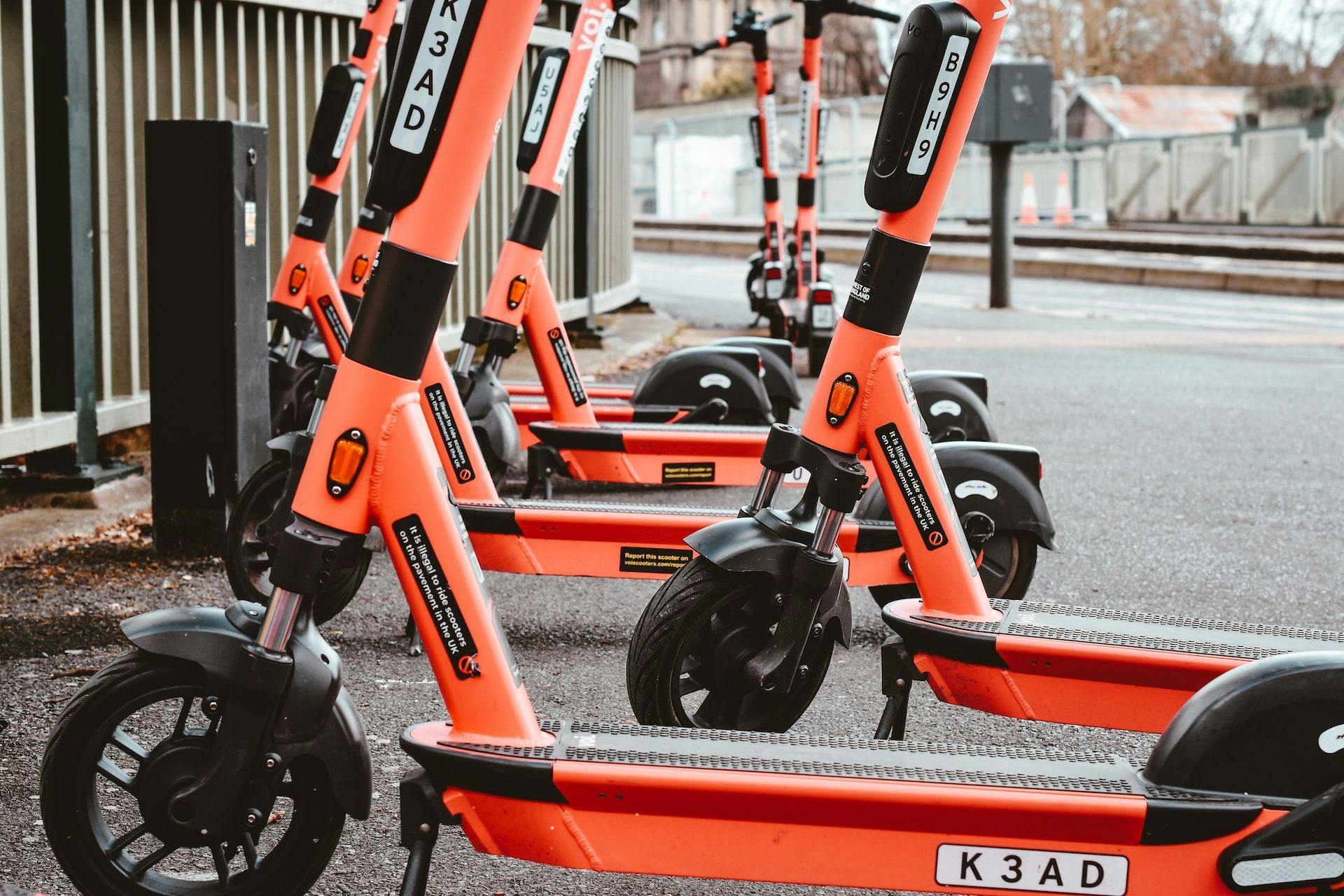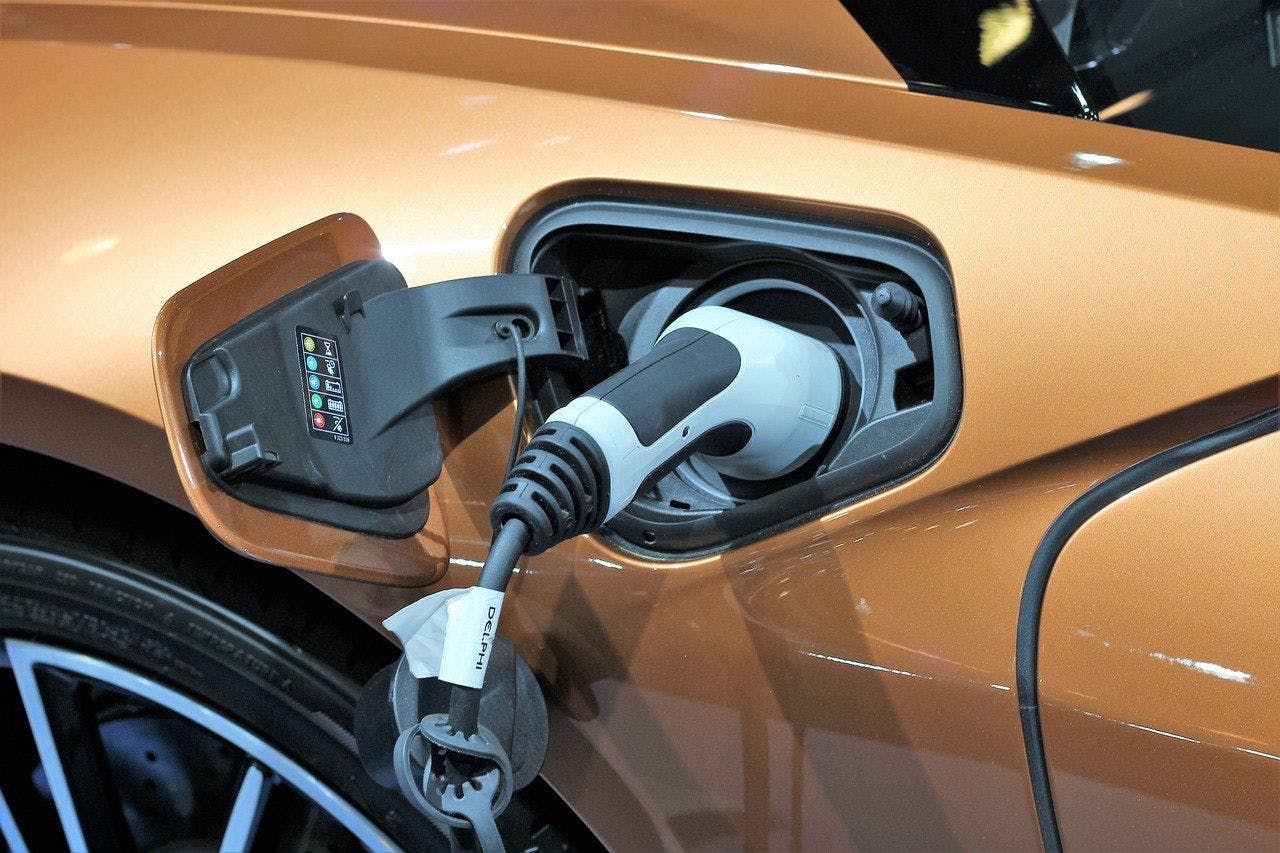publication
·
September 2019
Carbone 4 study for Bird - E-Scooter and Cities decarbonization

White paper: The Role of e-scooters and Light Electric Vehicles in Decarbonizing Cities Study report by Carbone 4 for Bird - September 2019 Read the full studyThis white paper examines the role that shared light electric vehicles (LEVs) such as e-scooters can play in decarbonizing cities and presents a framework for the roles and responsibilities of operators and cities in bringing about a low-carbon urban transport future. It finds the following:
- Dockless e-scooters show popularity as a lightweight and energy-efficient transport mode for quick urban trips, along with biking. Bicycle ridership has been increasing in cities across Europe, but dockless e-scooters are being adopted at a pace that has never been seen before: for instance, after less than one year in operation, e-scooters have reached a modal share of between 0.8 to 2.2% in Paris according to a recent study by the research consultancy 6t, that is twice as fast as the growth of the Velib’ system in the first year of operations.
- Light electric vehicles can help cities meet decarbonization goals. Based on the current mode split in Paris, Carbone 4 examined three exploratory scenarios to determine the potential for dockless LEVs, and e-scooters especially, to meet future mobility needs and mitigate carbon emissions in the long-term, around 2030. By this time, there would be significant energy efficiency gains for all transport modes that would lead to reduction of emissions from energy consumption of 40%, all other things being equal. However, higher mitigation potential could be reached with structural changes in the mobility system to reduce the use of cars, along with fostering alternate mobility solutions. The analysis found that biking and LEVs could feasibly account for around 21% of all trips in Paris, supporting an overall reduction of emissions from energy consumption of 68%.
- Long vehicle lifespan is critical to ensuring LEVs are sustainable on a lifecycle basis. Durability, maintenance, and vehicle retention in the fleet are the most important factors for long lifespan. Based on the data from the fleet Bird operates, the company has assessed that the consumer models lasted 3-4 months, while Bird’s current custom designed scooters would last 18 months.
- Trip replacement or “modeshift” away from cars is another essential condition for sustainability. Electric scooters are currently attracting riders from cars, public transport, walking, and biking, as well as providing mobility for trips that would not have otherwise been taken. To be compatible with the climate goals, LEVs must help to reduce car trips in an overall shift of urban mobility. For this to happen at scale, the vehicle must be attractive for former car users, and the streets they operate on must have bikelanes that offer safe and convenient places to ride.
- Cities focused on sustainability should select companies with vehicles that last at least one year and provide quality service to riders. We provide several recommendations for operators and cities to ensure vehicle longevity of at least one year, and maximal modeshift from cars. For example, on longevity, companies should monitor carbon emissions throughout a vehicle’s lifecycle and adopt plans to reduce impacts, and cities should implement anti-vandalism policies. To maximize modeshift, companies should continue improving convenience and user experience, and pricing should be competitive with other modes.
- Cities should also invest in infrastructure and adopt policies that support the modeshift from cars to light mobility. Cities and companies must work hand in hand to organize and optimize new forms of micro-mobility, for example, working together to allow for connection to transit. Cities must also invest in bike lanes, which support greater transition to micromodes and thus, a reduction in carbon emissions.
Mobility





















